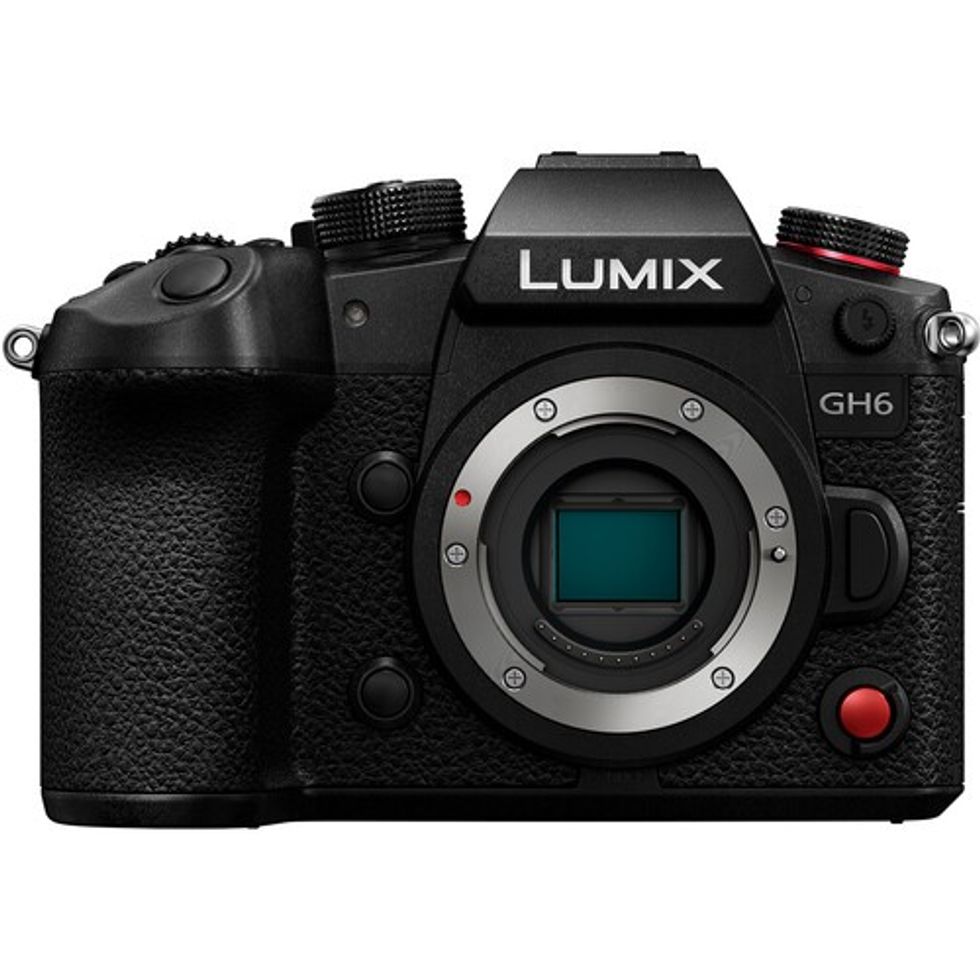
Whether you’re a filmmaker, content creator, or vlogger, there’s a camera for you. But with no many choices, it’s hard to figure out which one is right for you.
To start the year off right, our “Deals of the Week” covers three different camera brands, in three different sensor sizes, all made for three different types of content creation.
So, which one is right for you?
Full-Frame
We’ll start with the biggest sensor size available in a mirrorless body. Well, kind of. Looking at you, Fujifilm. But the GFX isn’t on sale, unfortunately.
A full-frame sensor gives creatives a lot of versatility, as some cameras will allow you to crop the sensor. This means you could have multiple frame sizes in one camera. To expand on this, you could shoot in full frame, a re-crop in post to reframe in case you missed your composition.
Filmmakers will also find that a full-frame sensor will allow for more opportunities to utilize shallow depth of field.
While you could utilize a full frame sensor for non-narrative work, it really shines in filmmaking, and the Canon EOS R5 C is a perfect fit for that kind of work.
Canon EOS R5 C

The Canon EOS R5 C enhances a number of features in comparison to its siblings the R5 and C70, including 4K120 recording, HDMI RAW output, Canon Log 3 HLG/PQ support, unlimited recording time, a timecode port, Dual Pixel CMOS AF with eye detection, an active cooling system, a high-power LP-E6NH battery, 13 reassignable buttons, and a multi-function shoe for XLR adapters.
APS-C/Super 35
The APS-C sensor finds its aspect ratio and size from its film predecessor, the Super 35 film format.
It’s smaller than full-frame, so cameras can use their processing power on other things, like higher framerate and bit rate. It’ll also be more forgiving when focusing, as an APS-C sensor won’t produce the same shallow depth of field as a full-frame sensor when using the same focal length.
This sensor size is also versatile enough to live in filmmaking, content creation, and documentary work. The Nikon Z30, with its APS-C sensor, is a great choice for content creators who may have to flex their muscles in the filmmaking space. While it’s not the perfect camera for narrative filmmaking, it’ll be a solid tool for vloggers and fast-paced social media content. But if you do want to make a quick short, it’ll do the trick in a pinch.
Nikon Z30 Creator’s Kit

Compact, connected, and designed for creators, the Nikon Z30 is a purpose-built mirrorless camera optimized for vloggers and live streamers. Creatives will find 4K video and a large 20.9MP DX-format sensor with a specialized feature set and design. the Z30 is designed to elevate your content and tag along on your everyday adventures. This Creator’s Kit is ideal for run-and-gun video creators and live streamers, featuring the Rode VideoMicro II, which is an ultracompact and lightweight camera-mount shotgun microphone for recording high-quality audio.
Micro-Four Thirds
The Micro-Four-Thirds sensor found its footing in the early days of DSLR filmmaking. It’s right in the middle between Super16 and APS-C, and due to its flange distance, creatives were able to adapt loads of vintage lenses before bigger sensors utilize mirrorless formats.
Due to its small size, creatives will find that they can achieve higher frame rates without needing to crop into the sensor, like with full-frame and APS-C cameras. It’ll also provide a deeper depth of field when using the same focal length between formats, which makes focusing easier and allows for interesting composition choices.
No other company has utilized the MFT sensor like Panasonic, and the LUMIX GH6 is a great tool to have in your kit.
Panasonic Lumix GH6

A pioneer in the Micro Four Thirds class, the Lumix GH6 Mirrorless Camera from Panasonic is a compact beast that challenges full-frame rivals. The improved processing power of the Venus Engine enables fast sensor readouts for internal recording of 5.7K 30p in Apple ProRes 422 HQ, FHD 300p, and handheld 100MP photos. The GH6 properly exposes across 13+ stops, features in-body sensor-shift stabilization, and can be spliced into VariCam footage with its pre-installed V-log image profile.
Author: Sponsored Content
This article comes from No Film School and can be read on the original site.
